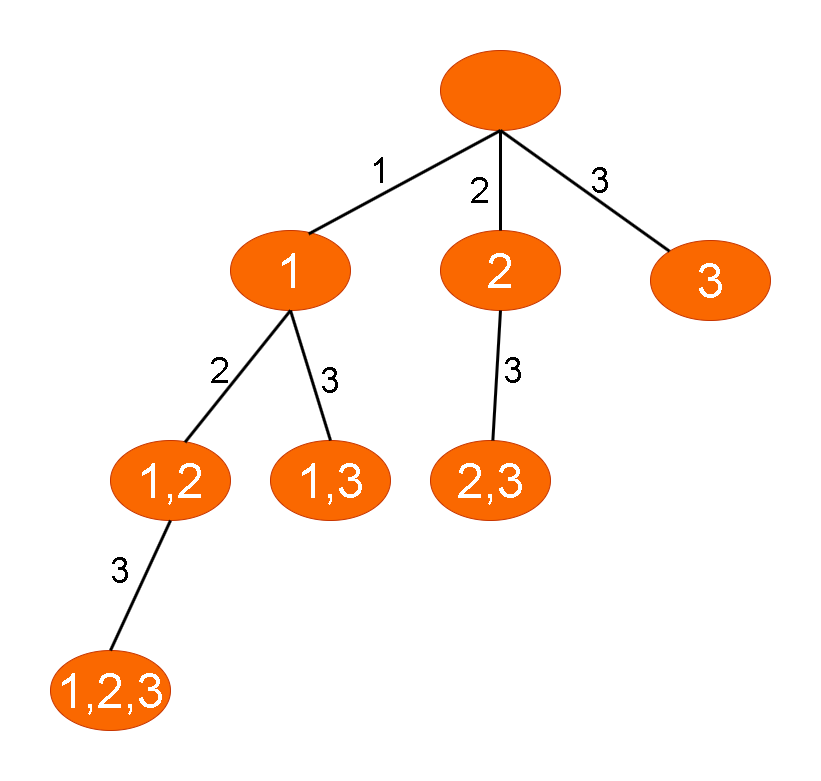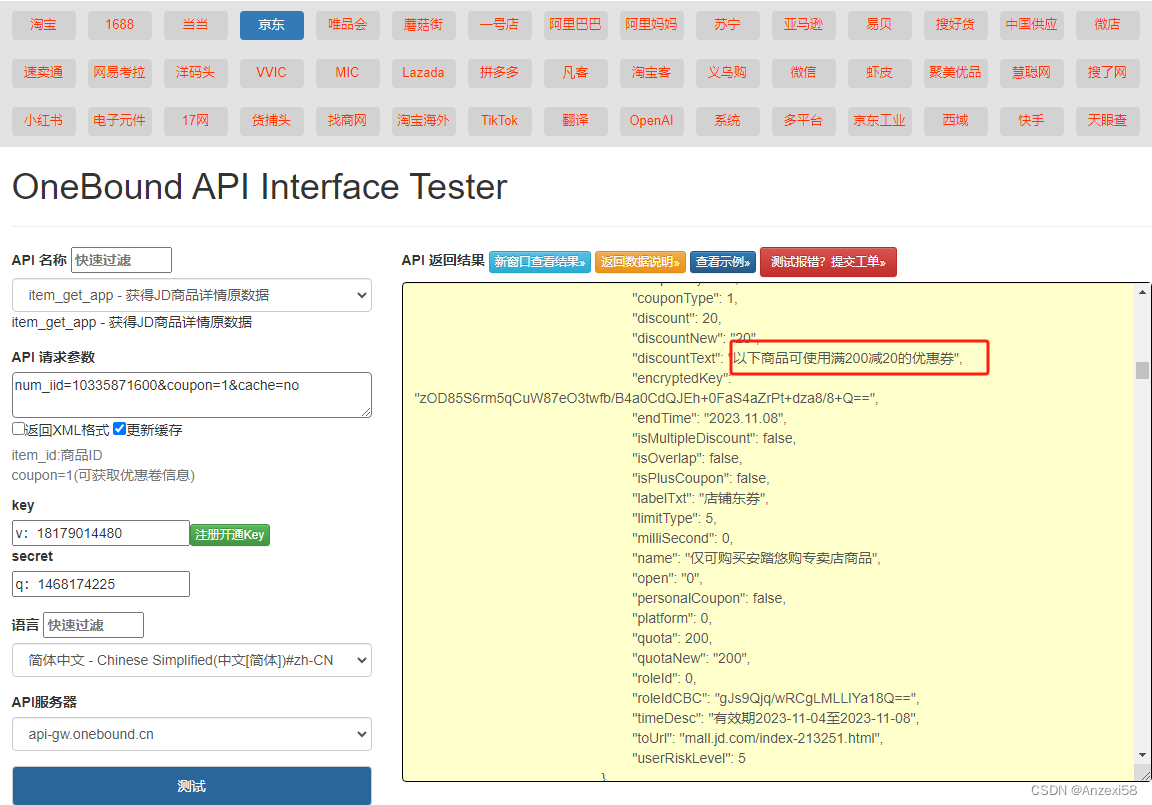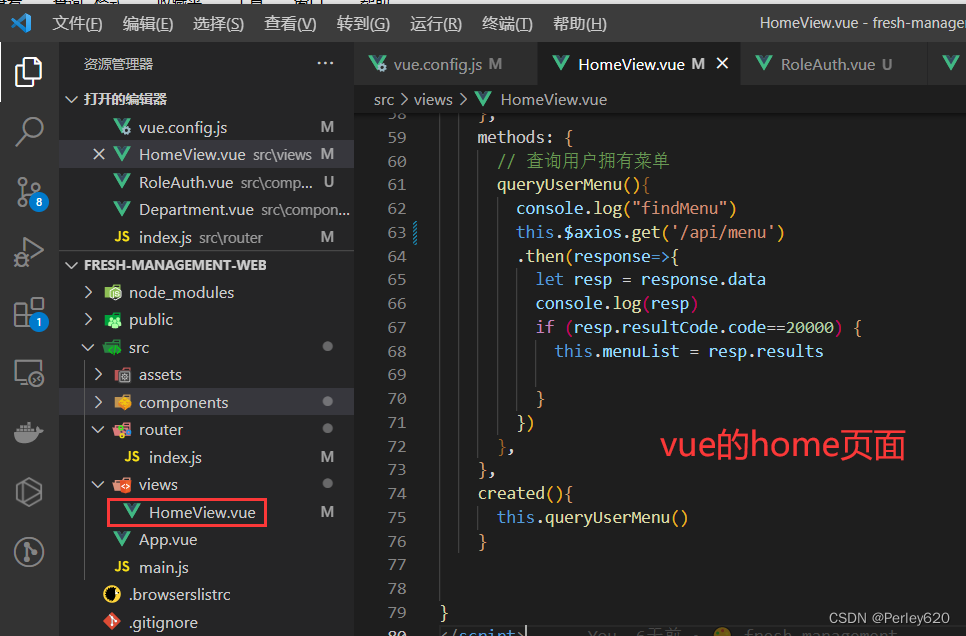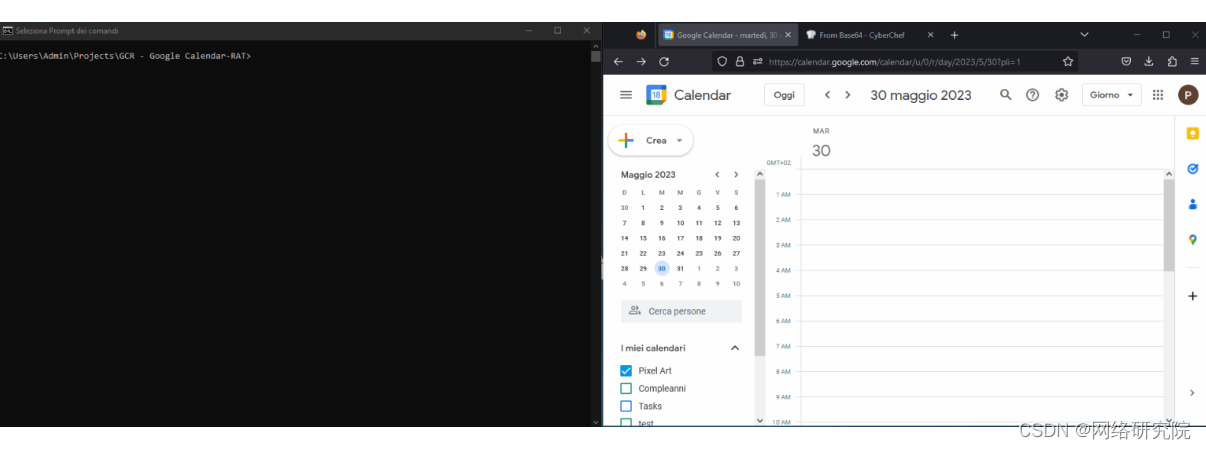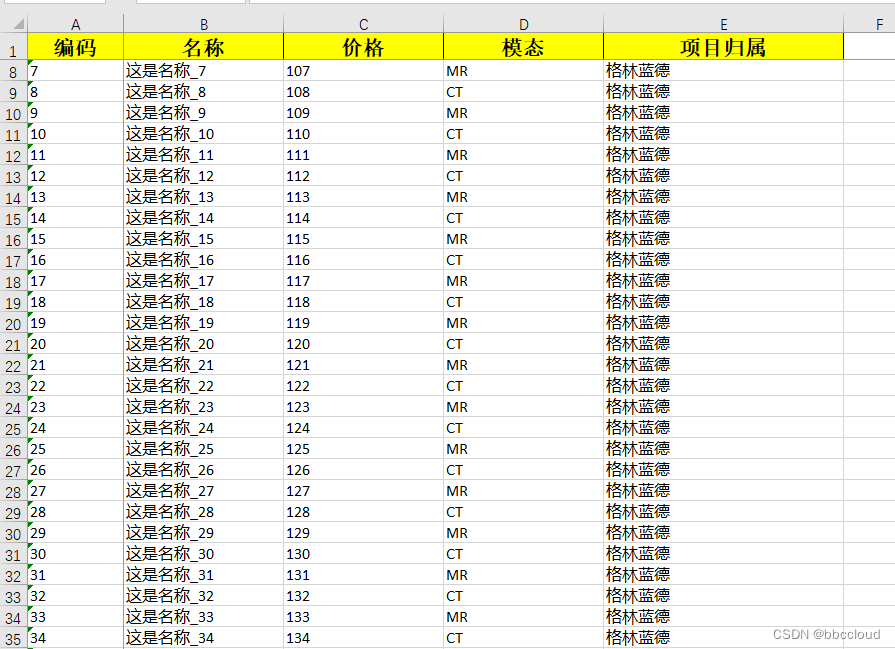实现原理: 基本PBR光照与gpu compute计算
当前示例源码github地址:
https://github.com/vilyLei/voxwebgpu/blob/feature/rendering/src/voxgpu/sample/GameOfLifeSpherePBR.ts
当前示例运行效果:

其他效果截图:
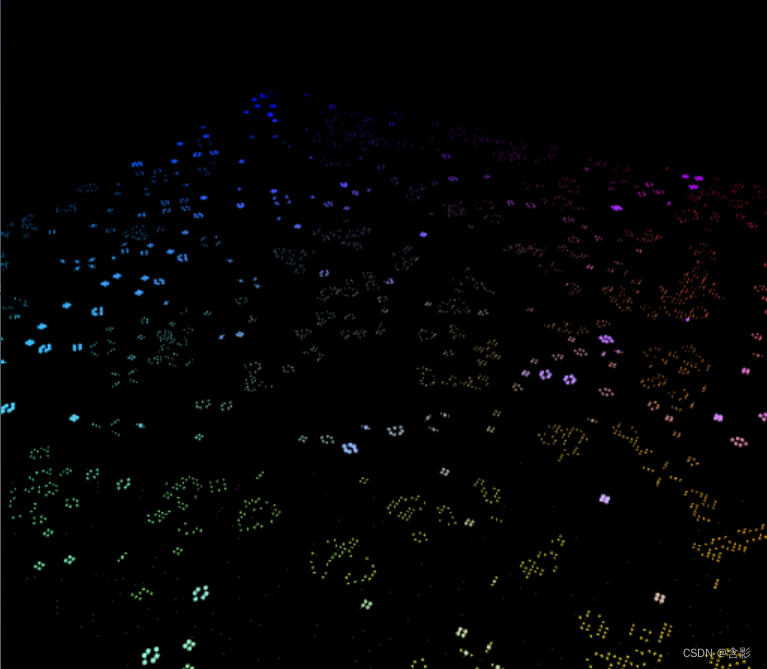
此示例基于此渲染系统实现,当前示例TypeScript源码如下:
const gridSize = 256;
const shdWorkGroupSize = 8;
const compShdCode = `
@group(0) @binding(0) var<uniform> grid: vec2f;
@group(0) @binding(1) var<storage> cellStateIn: array<u32>;
@group(0) @binding(2) var<storage, read_write> cellStateOut: array<u32>;
@group(0) @binding(3) var<storage, read_write> lifeState: array<f32>;
fn cellIndex(cell: vec2u) -> u32 {
return (cell.y % u32(grid.y)) * u32(grid.x) +
(cell.x % u32(grid.x));
}
fn cellActive(x: u32, y: u32) -> u32 {
return cellStateIn[cellIndex(vec2(x, y))];
}
@compute @workgroup_size(${shdWorkGroupSize}, ${shdWorkGroupSize})
fn compMain(@builtin(global_invocation_id) cell: vec3u) {
// Determine how many active neighbors this cell has.
let activeNeighbors = cellActive(cell.x+1, cell.y+1) +
cellActive(cell.x+1, cell.y) +
cellActive(cell.x+1, cell.y-1) +
cellActive(cell.x, cell.y-1) +
cellActive(cell.x-1, cell.y-1) +
cellActive(cell.x-1, cell.y) +
cellActive(cell.x-1, cell.y+1) +
cellActive(cell.x, cell.y+1);
let i = cellIndex(cell.xy);
// Conway's game of life rules:
switch activeNeighbors {
case 2: { // Active cells with 2 neighbors stay active.
cellStateOut[i] = cellStateIn[i];
if(cellStateOut[i] > 0) {
lifeState[i] += 0.05;
} else {
lifeState[i] -= 0.05;
}
}
case 3: { // Cells with 3 neighbors become or stay active.
cellStateOut[i] = 1;
lifeState[i] += 0.1;
}
default: { // Cells with < 2 or > 3 neighbors become inactive.
cellStateOut[i] = 0;
lifeState[i] -= 0.05;
}
}
if(lifeState[i] < 0.01) { lifeState[i] = 0.01; }
}`;
export class GameOfLifeSpherePBR {
private mRscene = new RendererScene();
initialize(): void {
console.log("GameOfLifeSpherePBR::initialize() ...");
const rc = this.mRscene;
rc.initialize();
this.initEvent();
this.initScene();
}
private initEvent(): void {
const rc = this.mRscene;
rc.addEventListener(MouseEvent.MOUSE_DOWN, this.mouseDown);
new RenderStatusDisplay(this.mRscene, true);
new MouseInteraction().initialize(rc, 0, false).setAutoRunning(true);
}
private mFlag = 6;
private mouseDown = (evt: MouseEvent): void => { this.mFlag = 1; };
private createUniformValues(): { ufvs0: WGRUniformValue[]; ufvs1: WGRUniformValue[] }[] {
const gridsSizesArray = new Float32Array([gridSize, gridSize]);
const cellStateArray0 = new Uint32Array(gridSize * gridSize);
for (let i = 0; i < cellStateArray0.length; i++) {
cellStateArray0[i] = Math.random() > 0.6 ? 1 : 0;
}
const cellStateArray1 = new Uint32Array(gridSize * gridSize);
for (let i = 0; i < cellStateArray1.length; i++) {
cellStateArray1[i] = i % 2;
}
const lifeStateArray3 = new Float32Array(gridSize * gridSize);
for (let i = 0; i < lifeStateArray3.length; i++) {
lifeStateArray3[i] = 0.01;
}
const posisitonArray4 = new Float32Array(gridSize * gridSize * 4);
let sizeV = new Vector3(40, 1, 40);
let posV = new Vector3().copyFrom(sizeV);
posV.scaleBy(gridSize);
posV.scaleBy(-0.5);
let k = 0;
for (let i = 0; i < gridSize; i++) {
for (let j = 0; j < gridSize; j++) {
let pv = new Vector3(j * sizeV.x, 0, i * sizeV.z).addBy(posV);
posisitonArray4[k] = pv.x;
posisitonArray4[k+1] = pv.y;
posisitonArray4[k+2] = pv.z;
k += 4;
}
}
let shared = true;
let sharedData0 = { data: cellStateArray0 };
let sharedData1 = { data: cellStateArray1 };
let sharedData3 = { data: lifeStateArray3 };
let sharedData4 = { data: posisitonArray4 };
const v0 = new WGRUniformValue({ data: gridsSizesArray, stride: 2, shared, shdVarName: 'v0' }).toVisibleAll();
// build rendering uniforms
const va1 = new WGRStorageValue({ sharedData: sharedData0, stride: 1, shared, shdVarName: 'va1' }).toVisibleVertComp();
const vb1 = new WGRStorageValue({ sharedData: sharedData1, stride: 1, shared, shdVarName: 'vb1' }).toVisibleVertComp();
const vc1 = new WGRStorageValue({ sharedData: sharedData3, stride: 1, shared, shdVarName: 'vc1' }).toVisibleAll();
const v4 = new WGRStorageValue({ sharedData: sharedData4, stride: 3, shared, shdVarName: 'v4' }).toVisibleVertComp();
// build computing uniforms
const compva1 = new WGRStorageValue({ sharedData: sharedData0, stride: 1, shared, shdVarName: 'compva1' }).toVisibleVertComp();
const compva2 = new WGRStorageValue({ sharedData: sharedData1, stride: 1, shared, shdVarName: 'compva2' }).toVisibleComp();
compva2.toBufferForStorage();
const compvb1 = new WGRStorageValue({ sharedData: sharedData1, stride: 1, shared, shdVarName: 'compvb1' }).toVisibleVertComp();
const compvb2 = new WGRStorageValue({ sharedData: sharedData0, stride: 1, shared, shdVarName: 'compvb2' }).toVisibleComp();
compvb2.toBufferForStorage();
const compv3 = new WGRStorageValue({ sharedData: sharedData3, stride: 1, shared, shdVarName: 'compv3' }).toVisibleComp();
compv3.toBufferForStorage();
return [
{ ufvs0: [v0, va1, vc1, v4], ufvs1: [v0, vb1, vc1, v4] },
{ ufvs0: [v0, compva1, compva2, compv3], ufvs1: [v0, compvb1, compvb2, compv3] }
];
}
private mEntity: Entity3D;
private mStep = 0;
private createMaterial(shaderCodeSrc: WGRShderSrcType, uniformValues: WGRUniformValue[], shadinguuid: string, instanceCount: number): WGMaterial {
return new WGMaterial({
shadinguuid,
shaderCodeSrc,
instanceCount,
uniformValues
});
}
private createCompMaterial(shaderCodeSrc: WGRShderSrcType, uniformValues: WGRUniformValue[], shadinguuid: string, workgroupCount = 2): WGCompMaterial {
return new WGCompMaterial({
shadinguuid,
shaderCodeSrc,
uniformValues
}).setWorkcounts(workgroupCount, workgroupCount);
}
private initScene(): void {
const rc = this.mRscene;
const ufvsObjs = this.createUniformValues();
const instanceCount = gridSize * gridSize;
const workgroupCount = Math.ceil(gridSize / shdWorkGroupSize);
let shaderSrc = {
vertShaderSrc: {
code: vertWGSL,
uuid: "vert-gameOfLife",
vertEntryPoint: "vertMain",
fragEntryPoint: "fragMain"
},
fragShaderSrc: {
code: fragWGSL,
uuid: "frag-gameOfLife",
fragEntryPoint: "fragMain"
}
} as WGRShderSrcType;
let compShaderSrc = {
compShaderSrc: {
code: compShdCode,
uuid: "shader-computing",
compEntryPoint: "compMain"
}
};
const materials: WGMaterial[] = [
// build ping-pong rendering process
this.createMaterial(shaderSrc, ufvsObjs[0].ufvs0, "rshd0", instanceCount),
this.createMaterial(shaderSrc, ufvsObjs[0].ufvs1, "rshd1", instanceCount),
// // // build ping-pong computing process
this.createCompMaterial(compShaderSrc, ufvsObjs[1].ufvs1, "compshd0", workgroupCount),
this.createCompMaterial(compShaderSrc, ufvsObjs[1].ufvs0, "compshd1", workgroupCount),
];
let entity = new CylinderEntity({
radius: 20, height: 38,
longitudeNumSegments: 10, latitudeNumSegments: 10,
alignYRatio : 0.0, materials
});
rc.addEntity(entity);
materials[0].visible = false;
materials[2].visible = false;
this.mEntity = entity;
}
private mFrameDelay = 3;
run(): void {
let flag = this.mEntity.isRendering();
const ms = this.mEntity.materials;
if (flag) {
for (let i = 0; i < ms.length; i++) {
ms[i].visible = (this.mStep % 2 + i) % 2 == 0;
}
if (this.mFrameDelay > 0) {
this.mFrameDelay--;
flag = false;
}else {
this.mFrameDelay = 3;
this.mStep++;
}
}
if(!flag) {
ms[2].visible = false;
ms[3].visible = false;
}
this.mRscene.run();
}
}

